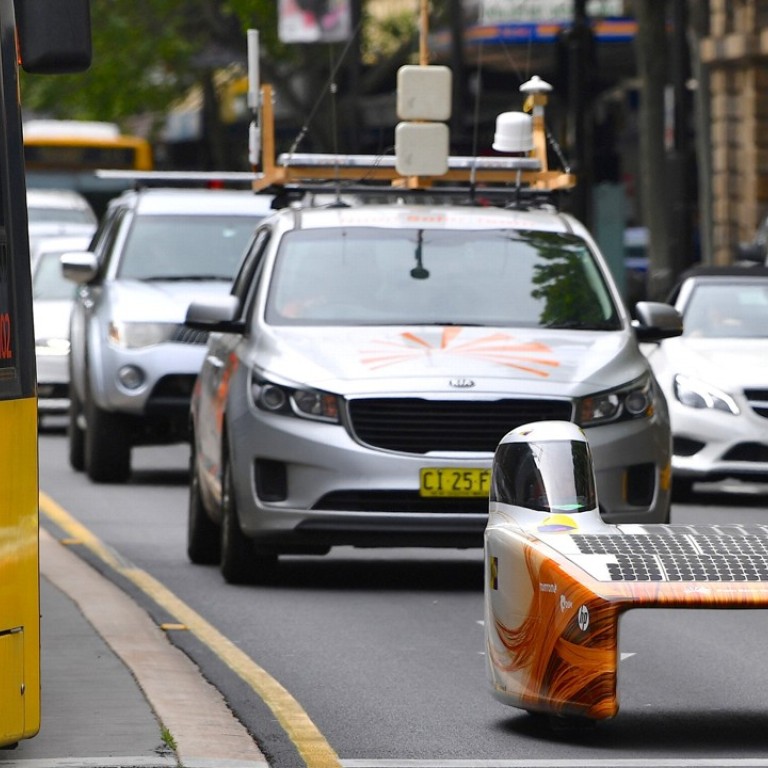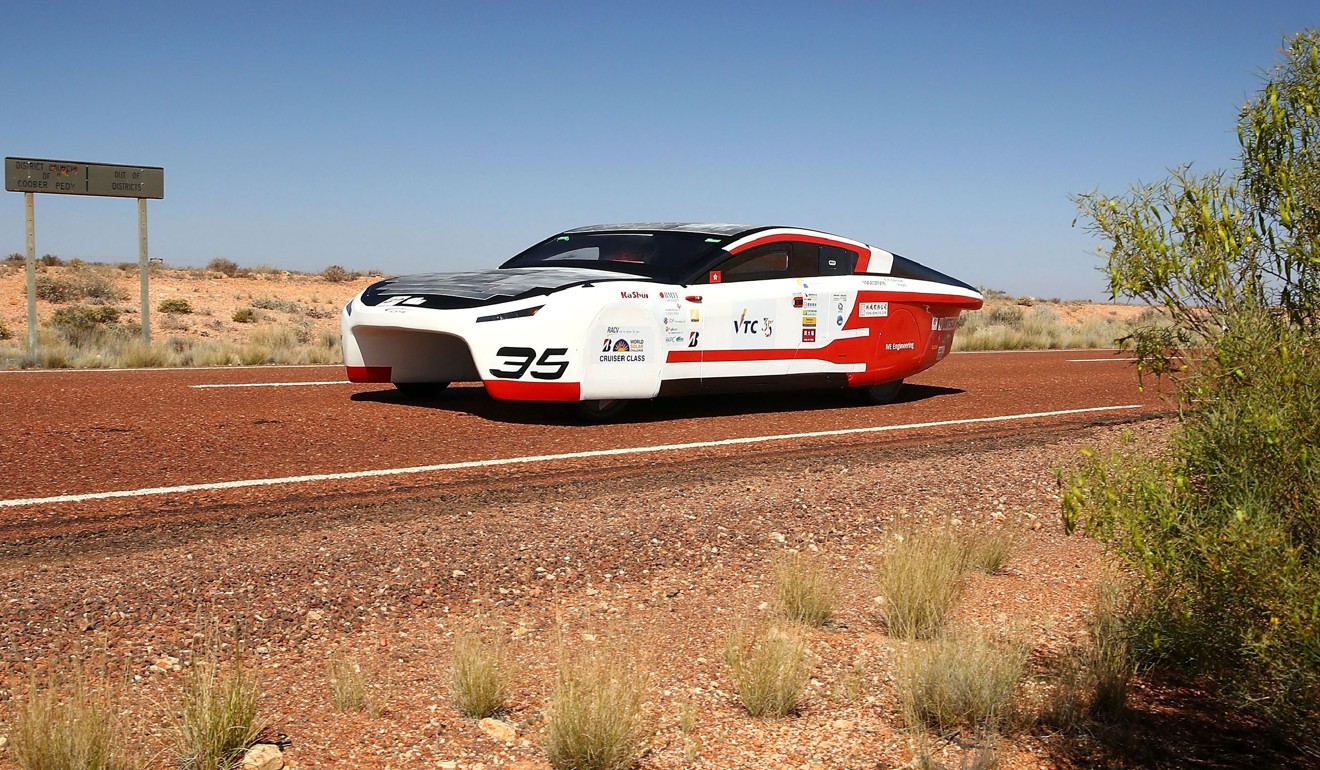
Dutch team wins 3,000km solar car race in Australia
Teams from across the world including Hong Kong, United States, Malaysia, India and South Africa were taking part in the race
Dominant Dutch team “Nuon” Thursday won an epic 3,000-kilometre solar car race across Australia’s outback for the third-straight year in an innovative contest showcasing new vehicle technology.
The World Solar Challenge, first run in 1987 and last held in 2015, began in the northern city of Darwin on Sunday morning with 41 competing cars, with Adelaide in South Australia state the final destination.
Cheers and chants of “Nuna” roared from the large Dutch contingent as the “Nuna 9” car – travelling at an average speed of 81.2 kilometres per hour – crossed the finish line mid-afternoon.
The US’ University of Michigan “Novum” was on track for second place ahead of Belgium’s Punch Powertrain.
The event has become one of the world’s foremost innovation challenges with teams looking to demonstrate designs that could one day lead to commercially available solar-powered vehicles for passengers.

Google co-founder Larry Page and Tesla co-founder J B Straubel are past competitors who credit the event in influencing their careers
The win is the seventh for Nuon, with their car overcoming cloudy skies as they took the lead early and stayed ahead in the elite Challenger class, which features slick, single seat aerodynamic vehicles built for sustained endurance and total energy efficiency.
The team’s winning time was 37 hours, 10 minutes and 41 seconds. When their team finished first in 2015, it took them 33.03 hours.
Team manager Sander Koot said they changed their strategy and driving style to cope with weather that included wind gusts of up to 60kph.

They also positioned the car so it could benefit from the windy conditions like a sailing ship, the team’s aerodynamics expert Jasper Hemmes told organisers.
There is also a Cruiser class which aims to showcase solar technology for mainstream vehicles that are more practical for day-to-day use.
Another Dutch team, Eindhoven, is on track to finish Friday and win that class, with Germany’s HS Bochum tracking second.
The vehicles are powered by the sun and mostly developed by universities or corporations, with teams hailing from Australia and across the world including Hong Kong, United States, Malaysia, India and South Africa.
The team from the Hong Kong Institute of Vocational Education (IVE) joined the race for the third time, but with a new, much lighter car called SOPHIE VI.
Cars are allowed to store a small amount of energy but most their power has to come from the sun and their vehicle’s kinetic forces.
The crews drove between 8am and 5pm each day with seven checkpoints along a route cutting through the heart of Australia’s central desert region, to get updates on their standings, the weather, and do basic maintenance.

.png?itok=arIb17P0)